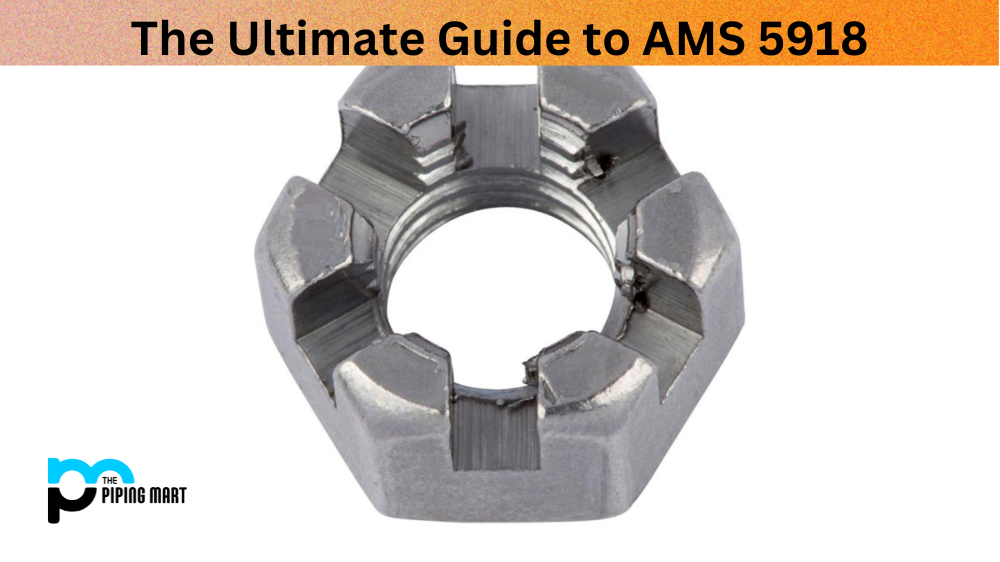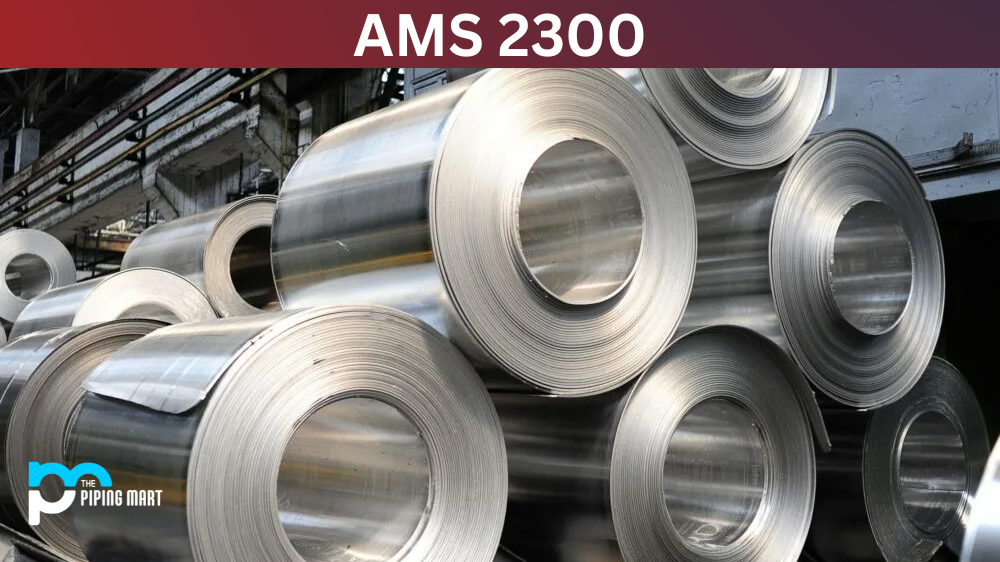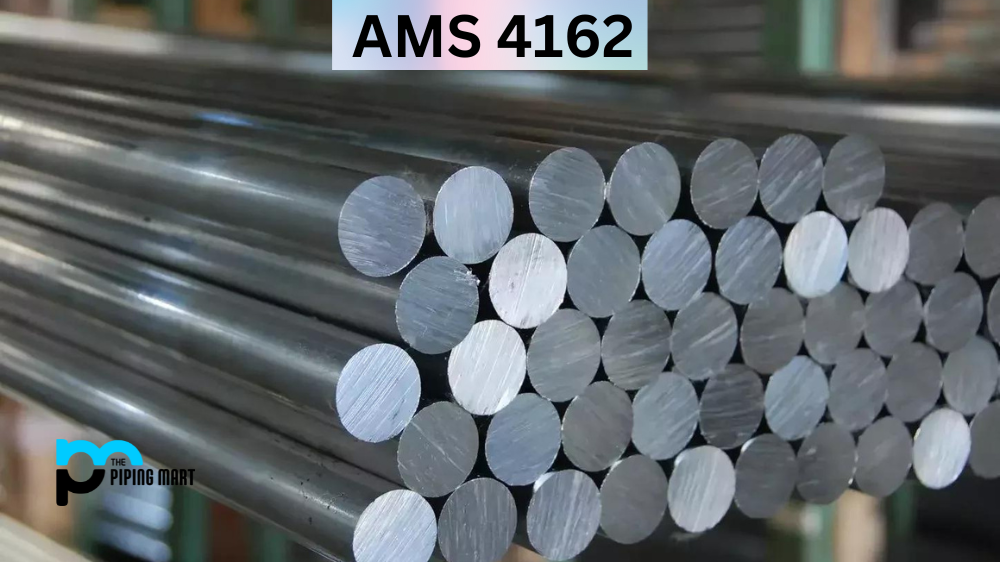Regarding material selection for aerospace applications, AMS 5918 is often the go-to choice due to its superior properties. This nickel-based superalloy exhibits outstanding strength, corrosion resistance, and excellent high-temperature creep and fatigue properties. In this blog, we’ll delve deeper into the composition, physical and mechanical properties, and applications of AMS 5918.
AMS 5918 Composition
AMS 5918 is a nickel-based superalloy containing a high percentage of nickel, chromium, and molybdenum. Its composition also includes small amounts of titanium, aluminium, and carbon, contributing to its strength and resistance to oxidation and corrosion. The alloy is typically produced using the vacuum induction melting (VIM) process, which results in a uniform distribution of the alloying elements. AMS 5918 is available in various forms, including bars, plates, and sheets, making it a versatile material for aerospace applications.
AMS 5918 Physical Properties
AMS 5918 exhibits excellent physical properties, including high-temperature strength, creep resistance, and thermal stability. Its melting point is around 1,290°C (2,350°F), with an 8.15 g/cm³ density. The alloy also has excellent thermal conductivity and is highly resistant to oxidation and corrosion, making it suitable for high-temperature environments.
AMS 5918 Mechanical Properties
AMS 5918 has exceptional mechanical properties, including high tensile and yield strength and excellent ductility and toughness. Its ultimate tensile strength is typically around 1,039 MPa (150 ksi), and its yield strength is roughly 690 MPa (100 ksi). The alloy also exhibits excellent fatigue and fracture toughness properties, making it an ideal material for demanding aerospace applications such as gas turbine components.
AMS 5918 Uses
AMS 5918 is a popular choice for aerospace applications requiring high strength and thermal stability. Its excellent physical and mechanical properties make it suitable for gas turbine engines, including combustion chambers, turbine rotors, and blades. The alloy is also used in high-temperature applications such as heat exchangers, furnace parts, and petrochemical processing equipment. Additionally, AMS 5918 is commonly used in the aerospace industry for structural applications, including landing gear, wing spars, and other critical components.
AMS 5918 Hardness and Heat Treatment
AMS 5918 can be heat-treated to achieve the desired mechanical properties and hardness levels. The alloy typically undergoes solution heat treatment at temperatures between 1,030°C to 1,050°C (1,886°F to 1,922°F), followed by quenching in water or oil. This treatment results in microstructural changes that enhance the alloy’s strength and hardness. The hardness levels of AMS 5918 after heat treatment typically range from 30 to 40 HRC.
Conclusion
AMS 5918 is a nickel-based superalloy with exceptional physical and mechanical properties, making it a popular choice for aerospace applications. The alloy’s high strength, corrosion resistance, thermal stability, and excellent creep and fatigue properties make it suitable for demanding aircraft components. Its uses range from gas turbine engines to heat exchangers and petrochemical processing equipment. AMS 5918 can also be heat-treated to alter its properties, including hardness levels, making it versatile for various applications. With its impressive properties, AMS 5918 is an ideal choice for aerospace engineers looking for a reliable and robust material for their aircraft components.

Meet Bhavesh, a seasoned blogger with a wealth of knowledge and experience. From metal products manufacturing to retail, Bhavesh has a diverse background in various industries and is dedicated to sharing his insights and expertise with readers.




